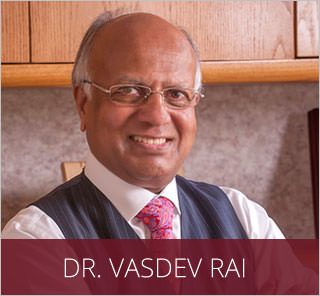Life Cycle of a Hair
Hairs are made of dead cells — if they were live, it would hurt to cut them. Each hair is from 0.02 to 0.04 millimeters wide and an average head has somewhere between 100,000 and 150,000 hairs. Blond heads tend to have more than red or dark heads. Men have around 30,000 hairs in a mustache or beard.
A Three-Phase Cycle
1.Anagen — the Growth Phase
Each hair grows from a root inside a follicle in the skin’s middle layer, the dermis. The follicle is a tiny bulb-shaped structure with an oil gland next to it to lubricate the hair. The base of the follicle is known as the dermal papilla and it is nourished by a tiny artery, with a companion vein to remove waste products. Proteins and keratin are made continuously in the growth phase, giving the hair its necessary ingredients.
At the rate of about one half-inch to one inch per month, a hair will continue growing anywhere from two to six years. In that time it can grow as long as about three feet, although usually it grows no longer than about waist-length. At any one time, about 85 percent of all your hairs are in this growth phase.
2.Catagen — the Transitional Phase
At the end of the growth phase, the follicle shrinks down to about one sixth of its normal length. The hair stops growing. The dermal papilla subsides and rests in the fatty tissue of the skin’s subcutaneous layer. The transitional phase lasts between one and two weeks. Only about one percent of hair is in this stage at any given time.
3.Telogen — the Resting Phase
For a month or a little more, the follicle rests. The old hair may still be there, or may have fallen out. If it is there, it does not grow. At the end of this time, the follicle expands again and enters a new growth phase. A new hair forms inside it and pushes any lingering old hair out as it grows. On average, we lose about 100 hairs per day. About 14 percent of hairs are in the resting phase at any one time.
As we age, individual hairs grow thinner. The dermal papilla is sensitive to certain hormones which regulate hair growth and trigger each phase of the cycle. In people with a genetic tendency towards hair loss, hormones known as androgens will close down the follicle so that it produces no more hairs.
However, other things also influence hair growth such as quality of nutrition, vitamin supplements and emotional states. Scientists do not have a full understanding of hair growth, such as what triggers it to begin in a fetus, what keeps it going, and why it grows more in some body areas than others.
Please contact our cosmetic surgery office if you would like to schedule a personal consultation and learn more about the rejuvenating procedures we offer.
Dr. Vasdev Rai
 Dr. Vasdev Rai has performed more than 25,000 cosmetic surgeries over his more than 30 years in practice as a Dallas plastic surgeon. He is a board-certified plastic surgeon who was first certified by the American Board of Plastic Surgery in 1983. Learn More...
Dr. Vasdev Rai has performed more than 25,000 cosmetic surgeries over his more than 30 years in practice as a Dallas plastic surgeon. He is a board-certified plastic surgeon who was first certified by the American Board of Plastic Surgery in 1983. Learn More...
Dr. Surjit Rai
 Dr. Surjit Rai was born and raised in Plano, Texas. Being the son of a plastic surgeon, Dr. Rai had the unique opportunity to see first-hand the impact a plastic surgeon can have. He knew at a young age that he would dedicate his life and academic career towards the goal of becoming a plastic surgeon. Learn More...
Dr. Surjit Rai was born and raised in Plano, Texas. Being the son of a plastic surgeon, Dr. Rai had the unique opportunity to see first-hand the impact a plastic surgeon can have. He knew at a young age that he would dedicate his life and academic career towards the goal of becoming a plastic surgeon. Learn More...
